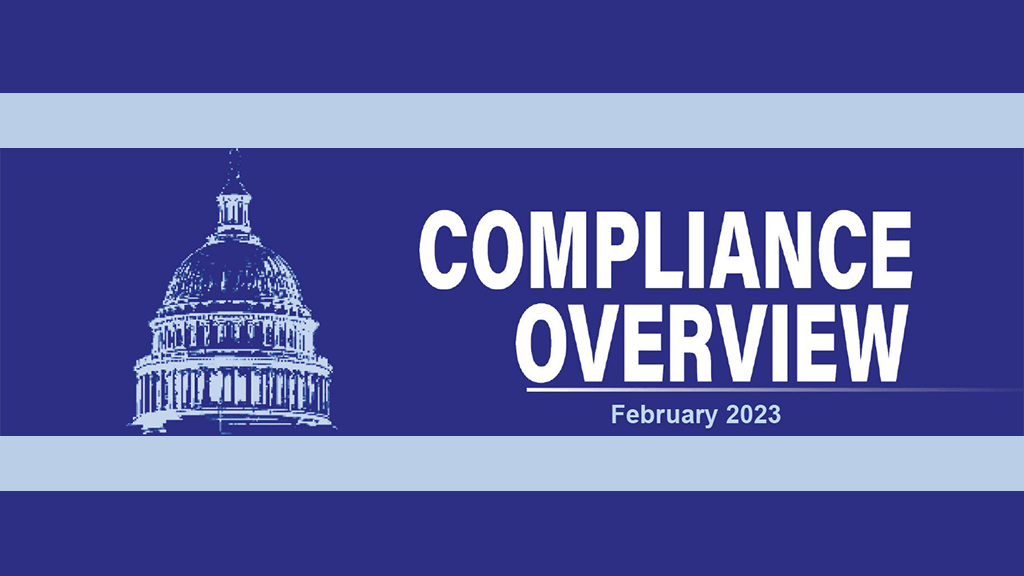
Emergency Declarations for COVID-19 to End
On Monday, January 30, the Administration informed Congress that it intends to end both the public health emergency and national emergency declarations for COVID-19 on May 11.
The information came in the form of a statement of administration policy document, which the White House typically issues in response to legislation under consideration in Congress. This statement was issued in response to legislation dealing with the emergency declarations. It states that:
“The COVID-19 national emergency and public health emergency (PHE) were declared by the Trump Administration in 2020. They are currently set to expire on March 1 and April 11, respectively. At present, the Administration’s plan is to extend the emergency declarations to May 11, and then end both emergencies on that date. This wind-down would align with the Administration’s previous commitments to give at least 60 days’ notice prior to termination of the PHE.”
As a refresher, the PHE is separate from the national emergency for COVID-19. The public health emergency is declared and periodically renewed by the Secretary of Health and Human Services. The national emergency is declared by the President and is open ended. The testing coverage requirement is tied to the public health emergency while the Timeline Extension Rule is tied to the national emergency.
Public Health Emergency
The public health emergency for COVID-19 was first declared on January 31, 2020 by the Secretary of Health and Human Services. It was periodically renewed by the Secretary until the Administration announcement that the public health emergency would end on May 11.
There are multiple COVID-19 relief measures tied to the public health emergency. For example, the Families First Coronavirus Response Act and the CARES Act required plans to cover COVID- 19 testing without cost sharing. This requirement was tied to the duration of the declared public health emergency for COVID-19, and will sunset when this emergency ends.
National Emergency
President Trump declared a national emergency for COVID-19 in March 2020. With the national emergency in place, the agencies released a notice entitled Extension of Certain Timeframes for Employee Benefit Plans, Participants, and Beneficiaries Affected by the COVID-19 Outbreak, often referred to as the Timeline Extension Rule.
This rule and subsequent guidance (EBSA Disaster Relief Notice 2021-01) extended certain timelines, including HIPAA special enrollment, COBRA election and claims filing and appeals. This extension ended for any particular applicable event on the earlier of 1 year from the date that the relief was first available (the beginning of the time period) or the end of the outbreak period. The outbreak period refers to the period from March 1, 2020 until 60 days after the end of the declared national emergency for COVID-19.
With the end of the national emergency for COVID-19 scheduled for May 11, 2023, the outbreak period established in the Timeline Extension Rule and subsequent guidance will end July 10, 2023.
Emergency Declaration Timeline:
- 2020 — HHS Secretary declares Public Health Emergency For COVID-19.
- President declares National Emergency for COVID-19
- January 30, 2023 — Administration informs Congress of intent to end Emergency declarations.
- May 11, 2023 — Administration planned end date for emergency declarations
Timeline Extension Rule:
March 2020:
- President Trump declares national emergency for COVID- 19.
May 2020:
- Agencies issue Timeline Extension Rule
February 2021:
- Agencies issue EBSA Disaster Relief Notice 2021-01
May 11, 2023:
- Declared National Emergency for COVID- 19 scheduled to end
July 10, 2023:
- Outbreak Period under the Timeline Extension Rule scheduled to end
